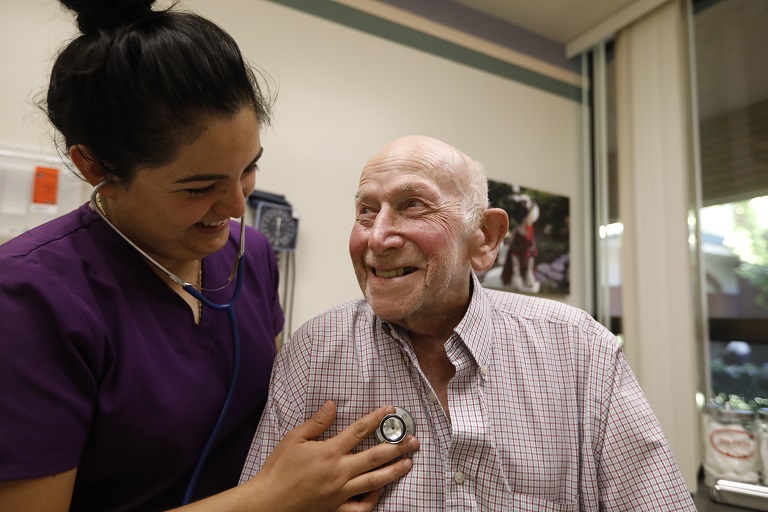Supporting Older Adults with Gun Ownership Decisions and Suicide Prevention
Judith Graham of Kaiser Health News wrote an in-depth article on gun ownership among older adults and the challenges many families face in keeping loved ones safe at home.
The article includes a recently published tool from researchers at the University of Colorado and the Rocky Mountain Regional VA Medical Center in Denver aimed at helping gun owners and family members plan ahead for safe firearm use and transfers in the event of disability or death.
For some context to this important issue:
- 42% of Americans 65 and older live in households with guns
- Up to 60% of people with dementia live in homes with a firearm; and
- Among adults ages 50 and older, 84% of firearm-related deaths are suicides
Firearm Life Plan Kit
The Firearm Life Plan kit has four parts that stress personal responsibility, safety, and the importance of being prepared.
First, the kit lists of warning signs (physical, cognitive, behavioral, and emotional) that might cause a gun owner to use a gun inappropriately.
Second, the guide features conversation prompts for family members and friends who might be concerned about an older gun owner and for older adults who recognize the value of planning ahead.
The third part is calls for people to create an inventory of their firearms, where they’re stored (including codes to lockboxes, storage sheds, and gun safes), who should get the firearms when the owner dies or when the owner is willing to relinquish them, and when transfers should occur.
The final component of the guide is a “legacy” section that asks gun owners to share memories and stories about their firearms and what gun ownership meant to them.
Talk Saves Lives
Another critical tool available for communities comes from the American Foundation for Suicide Prevention. Talk Saves Lives is a standardized 45-to-60-minute education program that provides participants with a clear understanding of suicide with up-to-date research and information on prevention. The effort has content specifically dedicated to older adults including risk factors, warning signs, and connecting individuals with supports.
- Suicide is the 10th leading cause of death in the United States and while older adults comprise just 12% of the population, they make up approximately 18% of suicides.
- Older adults tend to plan suicide more carefully. They are also more likely to use more lethal methods.
- Among people who attempt suicide, one in four seniors will succeed, compared to 1 in 200 youths. Even if an older adult fails a suicide attempt, they are less likely to recover from the effects.
- Men 65 and older face the highest overall rate of suicide.

Most Recommended
October 15, 2025
 Shutdown Week Three: Impact of Ongoing Closure on Affordable Housing
Shutdown Week Three: Impact of Ongoing Closure on Affordable Housing
December 10, 2025
Fiscal Year (FY) Funding 2026
October 07, 2025
Immigrant Workforce Matching Program Brings Workforce Relief
Recently Added
December 19, 2025
House Moves Forward on Affordable Housing Reforms
December 19, 2025
White House Cannabis EO Paves Way for Research, Access
December 19, 2025
LeadingAge Urges DHS to Maintain "Public Charge" Guardrails
December 18, 2025



